(By Rabbi Yair Hoffman for 5tjt.com)
It is already well known that Rav Moshe Shternbuch, the Gaavad of the Eida HaChareidis has issued a ruling in his weekly shiur that one may not include in a minyan – someone who has informed upon a yeshiva or shul that has opened for indoor minyanim against the law. This is if the informer has the status of a moser in accordance with Yoreh Deah Siman 334.
What is not so well-known, however, are the two sets of caveats that Rav Shternbuch included in his discourse on the topic.
FIRST SET: NOT PERMITTED TO ENDANGER ANYONE
The first set stated that no one is permitted to endanger anyone else in regard to the matter of COVID-19. He stated that this was especially true for anyone who has signs of having the illness. He said that oobservant Jews are certainly more careful in matters of pikuach nefesh than others.
SECOND SET: EXCEPTIONS
In the second set of caveats, Rav Shternbuch further stated that there are, of course, times when informing is permitted.
- The actions of those being informed upon be a clear and present danger to the public.
- It may only be done after a warning
- It may only be done after a psak has been issued from a well known, reliable Posaik, baal horaah.
- It may not be stated as a general rule – rather each case must be ruled upon individually and separately.
These caveats can be read at https://www.kikar.co.il/376833.html
TWO WAYS TO UNDERSTAND RAV SHTERNBUCH’S RULING
This author believes that there are two ways to understand Rav Shternbuch’s ruling. The first is that Rav Shternbuch is of the opinion that these four caveats are the correct halacha in regard to rulings of who is a Moser.
The second way of understanding Rav Shternbuch is that this is an enactment that the sages of Israel are currently making. There is a debate between the Rambam and the Sefer HaChinuch as to whether contemporary sages have the ability to promulgate new enactments under the rublic of al pi haTorah asher yorucha. The Rambam writes that this Mitzvah applies only to the Sanhedrin haGadol in yerushalayim. On the other hand, the Sefer HaChinuch rules that it applies in all times and in all generations.
This author has attempted to put in an inquiry as to which way Rav Shternbuch holds, but has not yet received a response.
It is this author’s view that, at least some of what Rav Shternbuch is ruling is based upon the current Takana enactment concept of the Sefer HaChinuch. This is because it is a precedent to hand over the keys to the future of Torah to secular authorities and government.
To many Rabbonim, the halacha itself seems to be that if the intent of the informer is to save Jewish life – even if he is incorrect in his assessment – that does not place him in the category of informer.
The Rambam writes in Hilchos Chovel uMazik (chapter 8:11) that someone who is muchzak beMesirah is subject to various repercussions. This language indicates that the prohibition of Mesirah does not apply to someone who endangers the public – because that informer would not be “muchzak b’mesirah. A person may turn in someone who endangers the public where he can be subjected to being punished corporeally, imprisoned or fined. This is also the ruling of the Shulchan Aruch (CM 388:12). The indication of the Rambam seems to draw a distinction between someone who does so to the public where it is permitted, and someone who does so only to an individual. The commentaries on the Rambam are somewhat at a loss determining the exact source for this distinction.
VILNA GAON
The Vilna Gaon (CM 425) writes that one may turn in someone who is endangering the public – even if the person does not have the intent of endangering the public. He references the Gemorah in Bava Kamma 117b.
RIVASH
There is also a responsum of the Rivash (#239) where he deals with someone who is wreaking financial havoc who steals from the entire community. The Rivash permits turning him over to the authorities.
DAYAN WEISS ZT”L
Dayan Weiss zt”l (Minchas Yitzchok Vol. VIII #148) was asked whether one is permitted to turn in someone who is speeding excessively in a residential area where there are both elderly people and young children. He ruled that one may certainly do so, from a kal vaChomer argument from the words of the Shulchan Aruch (CM 378:8-9) and the Sma. The rationale Dayan Weiss employs is that the person has the equivalent status of a Rodef in how he is endangering the public.
MUST WARN HIM FIRST
Dayan Weiss adds the caveat that he must first warn him not to do so. He may only turn him in after the violator continues to do so after having received the warning. This part fits in with the halacha caveat of Rav Shternbuch – not the new Takana notion.
Dayan Weiss also discusses two other cases, where a person continues to run through red lights and where a person drives without having passed a qualifying driver’s test.
Dayan Weiss also adds a person who parks in a manner that endangers pedestrians or if he parks on the sidewalk in a manner that pedestrians must dangerously walk on the streets. There are no such caveats added by Dayan Weiss that there needs to be a specific ruling and that no general categories can be declared. It could be, however, that these rulings were never stated when the issue involved Torah continuity.
There are apparently three source areas in the halacha that would warrant this type of permission: The equivalency to a rodef (CM 425), the status of a Moser (388:10), or one who endangers others through engaging in counterfeiting currency (388:12). Regardless, all three categories require a previous warning and a Bais Din telling him to refrain from doing so. If the person will not appear before a Bais Din, then it would appear that a written warning would be sufficient.
PREVIOUS RESPONSUM OF RAV SHTERNBUCH
It is clear from a responsum of Rav Moshe Shternbuch (Teshuvos v’Hanhagos Vol. II #727) that if there is danger to the informer – then the warning requirement can be waived.
UMDENAH D’MUCHACH
The responsum Panim Meiros (Volume II #155) and the Chessed L’Avrohom (MK CM #2) both indicate that one may not turn in someone who steals to the authorities unless one has an umdenah d’muchach – clear cut evidence to that effect.
TZITZ ELIEZER’S VIEW
The Tzitz Eliezer (Vol. XIX #52) rules that a doctor may turn in a father who is likely to be beating his child or abusing the child in a sexual manner. In the same responsum he deals with a stranger doing so. The Tzitz Eliezer ruled that it is clear that doing so is permitted.
RAV ELYASHIV’S VIEW
Rav Elyashiv ruled similarly in a responsum published in Yeshurun 15 p. 670. In a letter to Rav Feivel Cohen dated 2004, Rav Elyashiv zt”l wrote “From the words of the Rashba we observe that regarding a matter that contains within it “tikkun olam,” the sages of Israel in each generation do have the ability to erect fences and to stand in the breach—even in a situation where we do not have the additional legal argument of “the king’s decree.”..
However, this permission to inform the authorities is when it is clear that that the offender was in the wrong—then [we consider that] it does involve the issue of tikkun olam. However, in a situation where there is not even raglayim la’davar (any indication of guilt); rather, it is some imagination—if we permit it, it is not only that there is no tikkun olam, a rectification of the world—rather there is destruction of the world here. It is possible that on account of some bitterness of the student toward the teacher or on account of some psychological illusion we are placing a man into a fate worse than death—where he has no guilt at all on his hands. I see no heter to permit it under such circumstances.”
ANOTHER PREVIOUS RESPONSUM
Rav Sternbuch (Teshuvos v’Hanhagos Vol. II #727) also has another responsum regarding whether one is permitted to inform upon a person who runs a house of ill-repute. He rules that he most certainly can. Rav Shternbuch also is very much concerned for Chillul hashem in such a situation and permits informing upon the person even if there is no prohibition of aishes ish is involved.
GETTING BACK TO THE YESHIVOS
Applying the concept of umdena d’muchach, in a situation where everyone in the Yeshiva is secluded from other people living in a dormitory and no one is ill, then it is unclear that there would be an umdenah d’muchach that it endangers people. On the other hand, it is not clear, whether or not there is such a place anymore where the students are exposed to no one else.
IS THIS CONSIDERED ENOUGH TO WARRANT A SPECIAL TAKANA NOW?
There are two questions that now exist before us: Is the halacha like the Rambam or like the Sefer HaChinuch? Gedolim are divided on this issue. This author will leave it to each person to find out the position of their own Gedolei Torah.
The second issue should be ruled upon by Gedolei Torah. It may be important to note, however, that there is no current attack on all of Torah – just under certain times, and in certain places, and only under certain conditions. Still, some may be of the opinion that this could set a precedent.
Other Gedolim hold quite clearly that opening up now under these current conditions will further risk life and cause great Chillul Hashem.
Finally, there is one more issue. What happens if, theoretically, the criterion for re-opening differs between the government’s medical views and the medical views obtained by Gedolei Torah? For example, if the threshold of closing according to the government is, say, anything above 2% of tests coming out positive and the medical view of that of the medical statisticians that the Gedolim consulted is 3% – what should be done in such a case?
The author can be reached at [email protected]
(YWN World Headquarters – NYC)

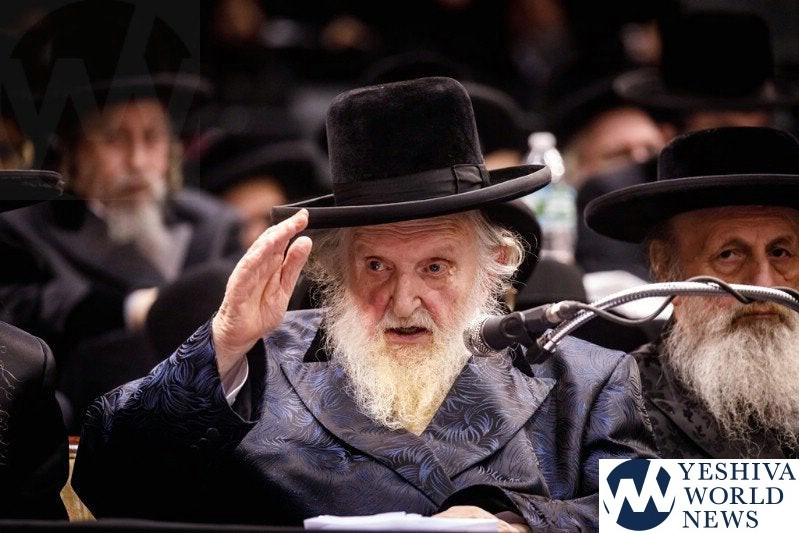

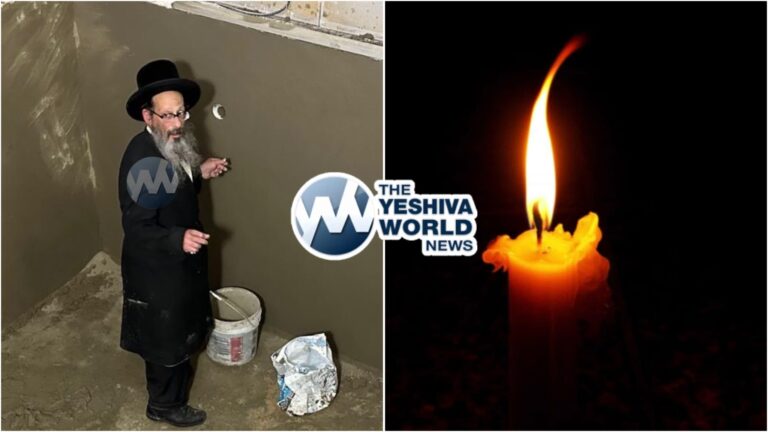
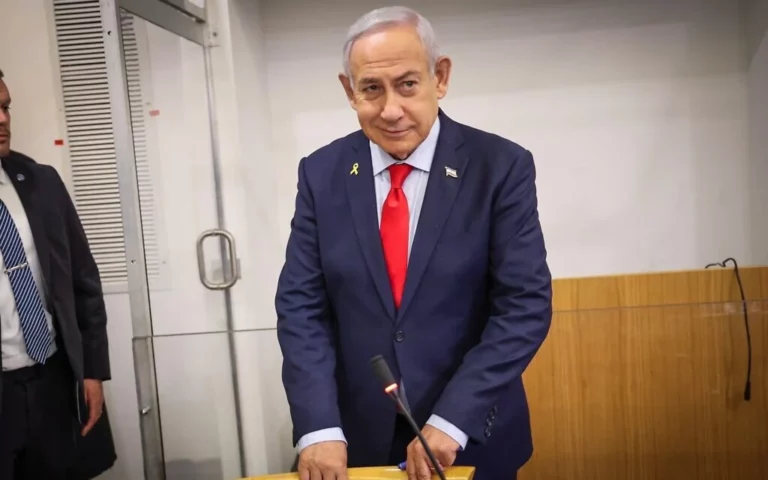
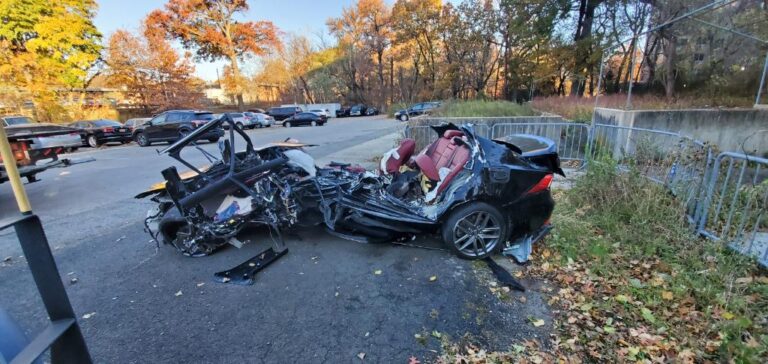
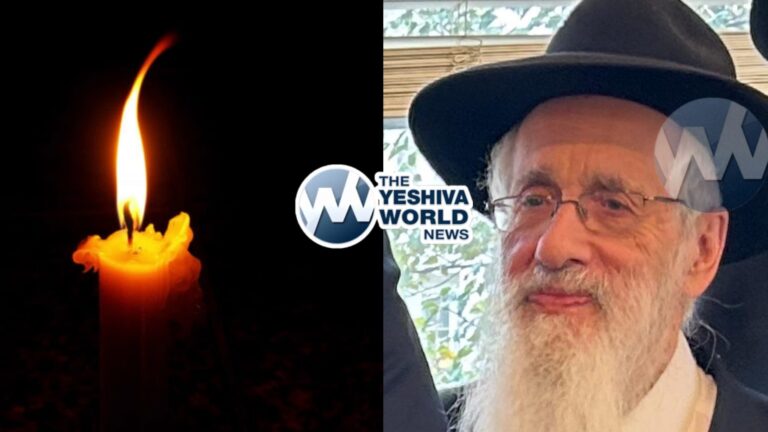


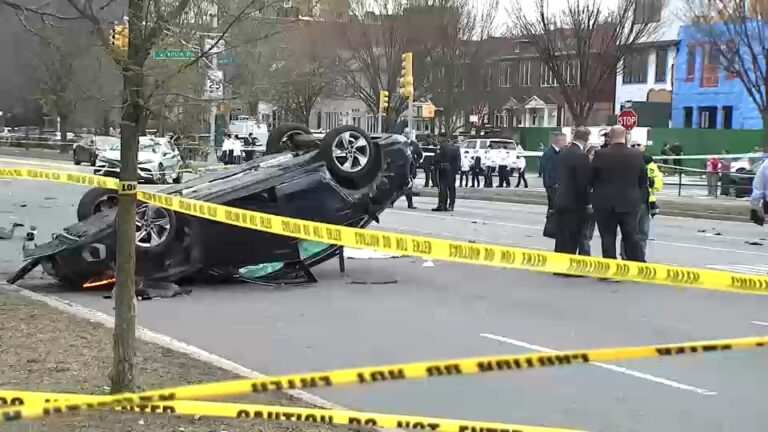

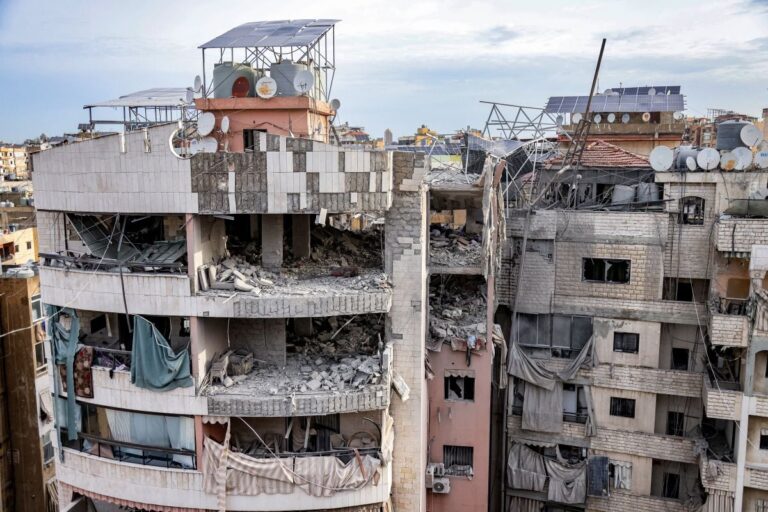
9 Responses
It would be more productive to rule that those who endanger public health by reckless behavior should stop doing so. Then there would be nothing to report.
It ultimately comes down to whether there is a clear consensus among the gedolim shlita, with respect to the life-saving metrics of a particular public health compliance protocol. Unfortunately, there is much disagreement on whether not wearing masks, violating social distancing rules, etc. pose the risk of pikuach nefesh that warrants immediate reporting to the authorities without taking the time to consult rabbonim, reason with the individual(s) etc. Also, facts are hard to come by. If we could be assured that an outside wedding would be limited to the immediate family and about 10,000+ of the choson/kalah’s BFFs would walk by over a several hour period all wearing masks and socially distance to wish them mazel tov, than such an event would probably be ok and not warrant reporting. However, based on experience, even in the best of times, attendees at these types of events rarely strictly follow the rules and often try to crowd together and get closer to their rebbe etc.
From this whole post the author is making it sound like someone that devens in shull or otherwise breaks the corona restrictions is technically putting someone’s life in danger so whoever reports on those people is excluded from Rav Shternbuchs psak.
What the author conveniently doesn’t mention is that Rav Shternbuchs explicitly mentions in his drasha those people that report on corona restriction violations, so apparently his exclusions are not meant for those mosrim.
If a person doesn’t know if someone seen randomly already has antibodies and is immune, how can one imagine any kind of leniency to report them without further investigation and evidence?
Same logic works if a person doesn’t know if an entire family or congregation has antibodies.
There would have to be an investigation before one can be sure they even have enough information to ask a rav a question of whether reporting such would not be mesirah.
In other words, there is _no superficial way_ to assume someone randomly seen on the street without a mask is _certainly risking lives_, and thus _never a heter_ to attempt mesirah without further investigation.
Once someone is satisfied with the veracity of the known facts, they should only then at that point take it to a posek for advice on the best way to respond.
They should petition Israeli government to increase allowed size of the minyan from 10 to 19.
I can easily see 18 people, half in masks… Half not counting mosrim for a minyan, half not counting rotzhim, all 18 waiting for the tenth.
Rabbi Hoffman, I usually enjoy your articles, but this time you are being disingenuous. Rav Shternbach said what he meant and meant what he said because the government rules are not what is קובע what creates a situation of שכיח היזיקא and the real מציאות is really unclear.
I’m sorry to say that many gedolim are gone because of the psak of other gedolim. I wish more people had massered over the last 6 months. Many dead yiddin would be alive. If in another 3 months, there are a few thousand more yiddin dead, will you look back and say, “the Lakewood rov I asked, said I can’t be masser because because of a machlokes achroinim, and I have a n’tiya toward the m’sorah of the Tzits Eliezer because my uncle was a talmud.” Please! The world has gone mad!!
Kol HaMekayem Nefesh Achas…
To Slimshim1:
I guess you know how may suicides – Shulim bayis- mental issues this lockdown has bought…..
Besides for the fact that the statistics of Covid- al pi toreh it does not warrant schools being shut! Maybe your rabbis is Dr. Fauci… and crew…
A bunch of self haters and this psak is a good one!
Josh, I’ll daven for people’s mental issues because that can improve. WE can’t bring people back from the dead.